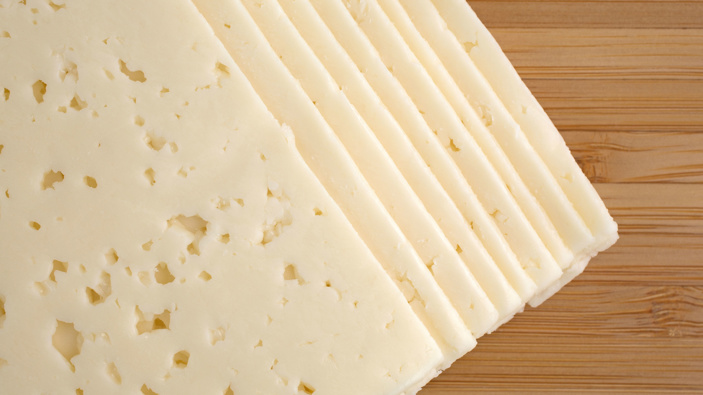Follow
the podcast on


A mysterious white substance found on the heads and necks of 3,600-year-old mummies in north-western China has just been identified as the world’s oldest known cheese. Published in the journal Cell, this discovery offers a rare glimpse into the dietary practices of ancient civilisations.
The mummies were actually unearthed two decades ago in the Tarim Basin desert and thanks to the regions dry, desert environment they were remarkably well-preserved. Along with their boots and hats, a structure that looked like a necklace was laid along the neck of one young woman. While it looked like a piece of jewellery, recent DNA tests revealed that the substance was in fact kefir cheese.
Kefir cheese is a probiotic soft cheese made from cow and goat milk. The kefir contained bacterial and fungal species, including Lactobacillus kefiranofaciens and Pichia kudriavzevii, both of which are still found in modern kefir grains.
This discovery marks the oldest known cheese sample ever found and provides a valuable opportunity for researchers to understand more about the diets and cultures of our ancestors. The research not only reveals insights into early food production methods, but also helps track the evolution of probiotic bacteria over the last 3,600 years.
Further analysis revealed that the L. kefiranofaciens grains found in the cheese were closely related to similar grains from Tibet. By sequencing the bacterial genes, researchers could trace how dairy products and animal husbandry practices evolved across East Asia, shedding light on the interactions between ancient humans and their environment.
The Xiaohe people, from what is now Xinjiang, buried items of significance alongside their dead, and the inclusion of kefir cheese indicates the importance of this food in their daily lives.
LISTEN ABOVE
Take your Radio, Podcasts and Music with you









